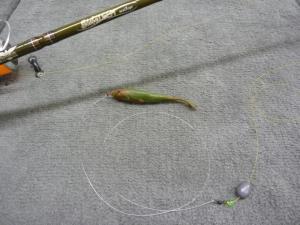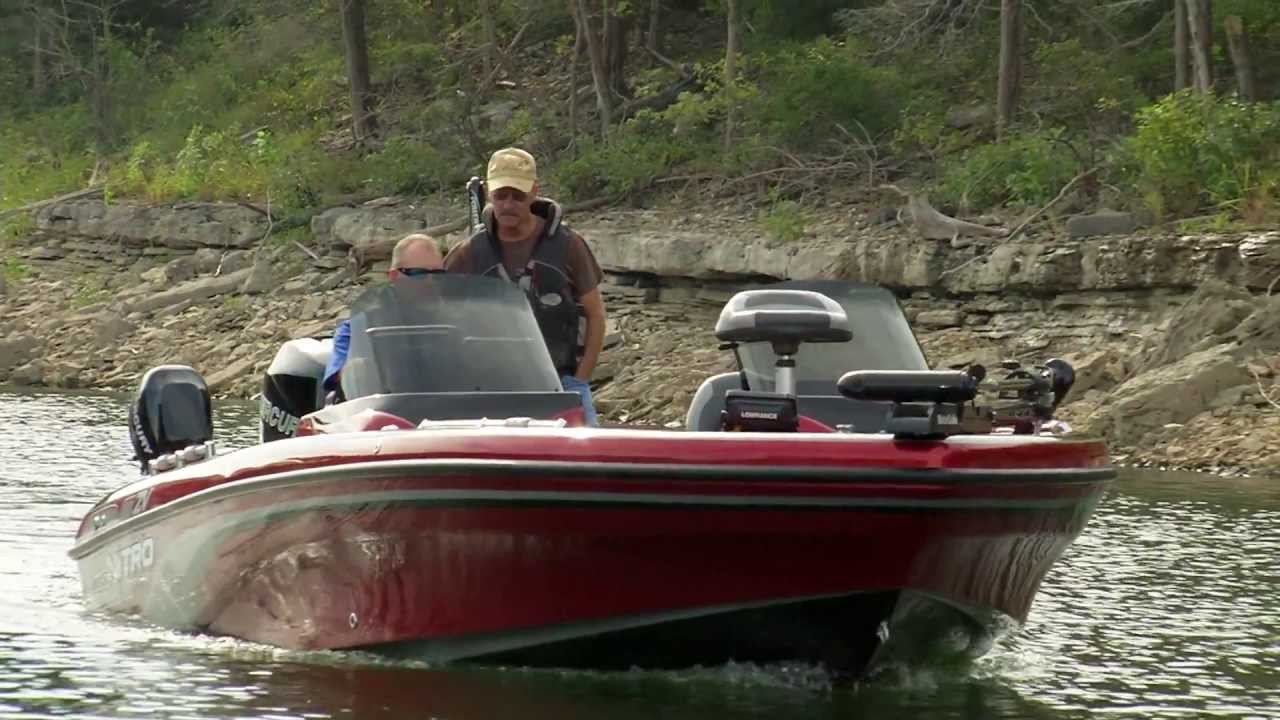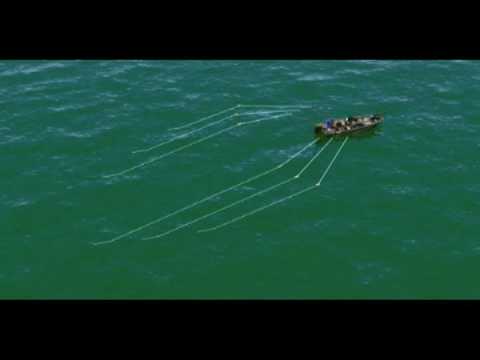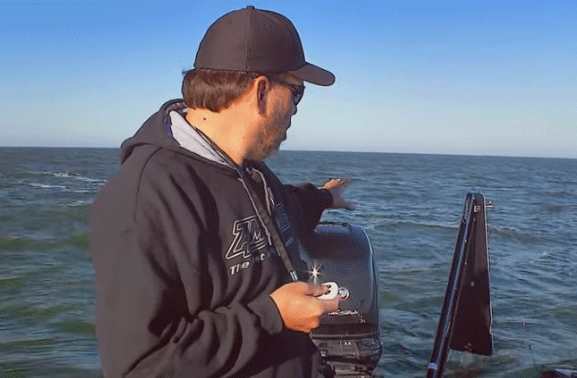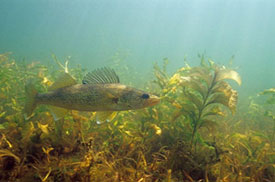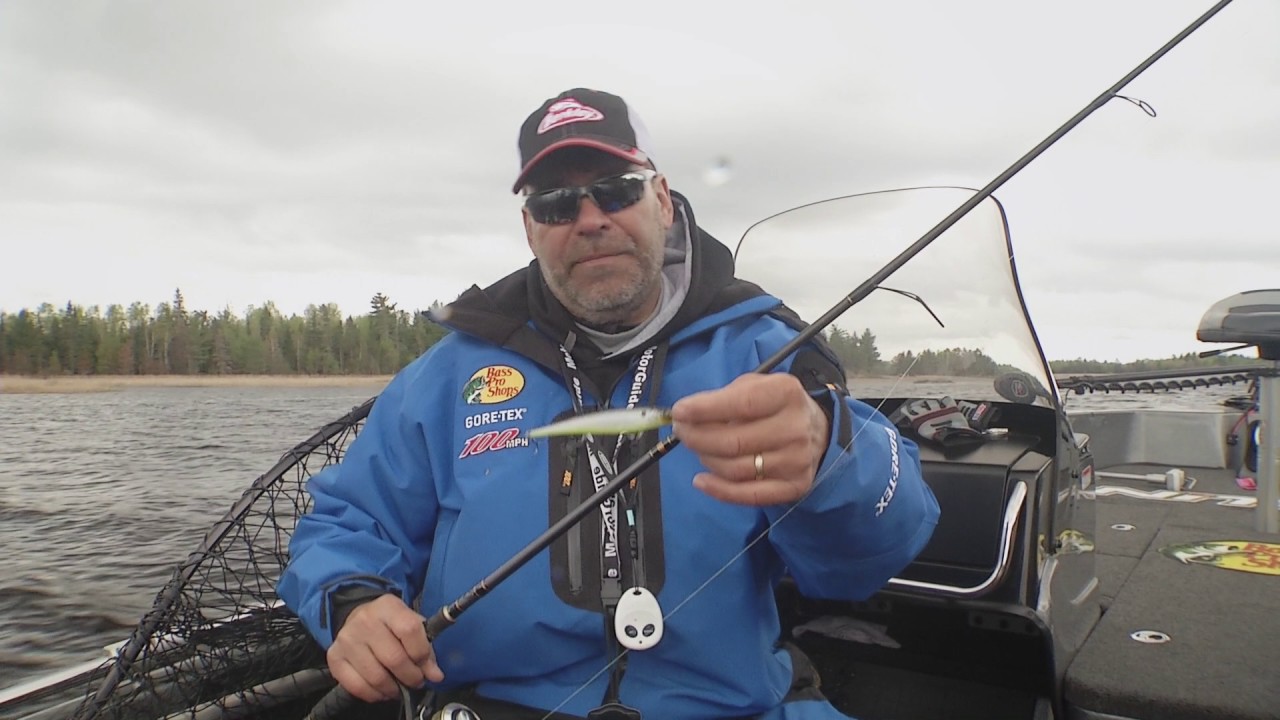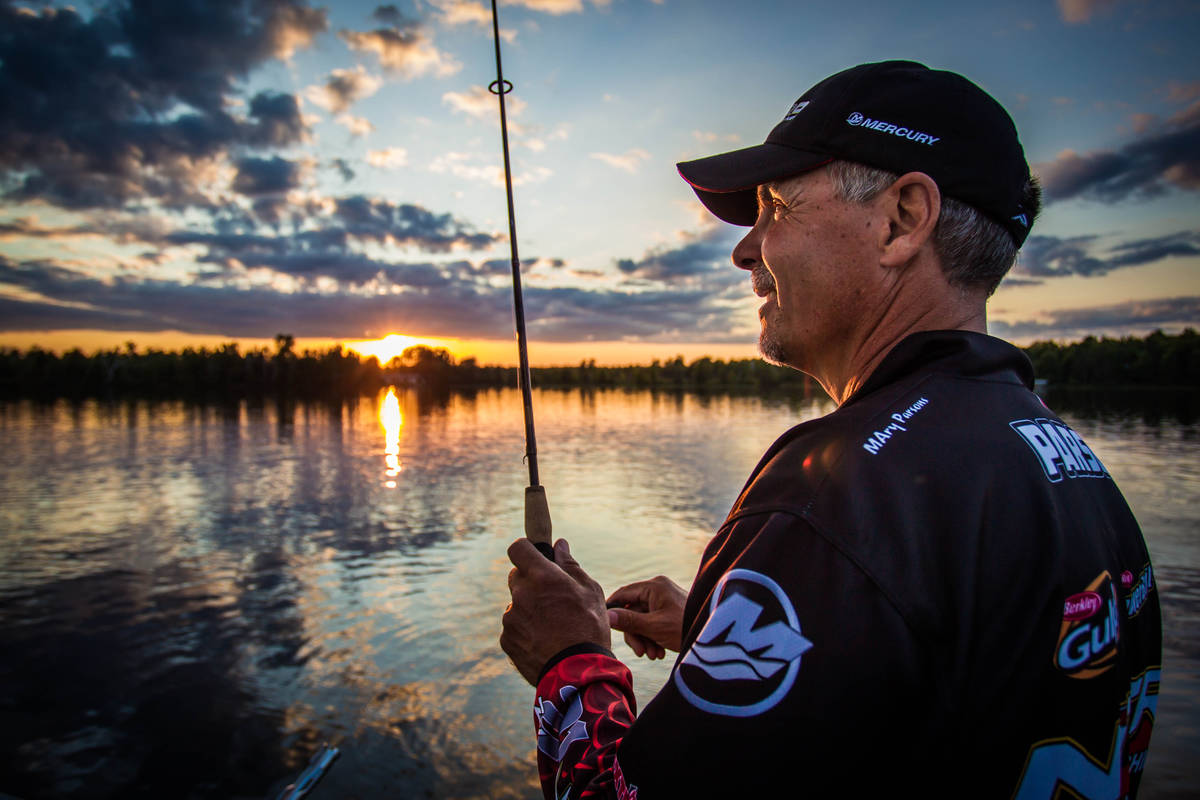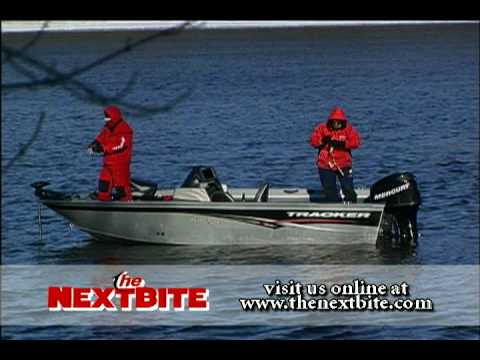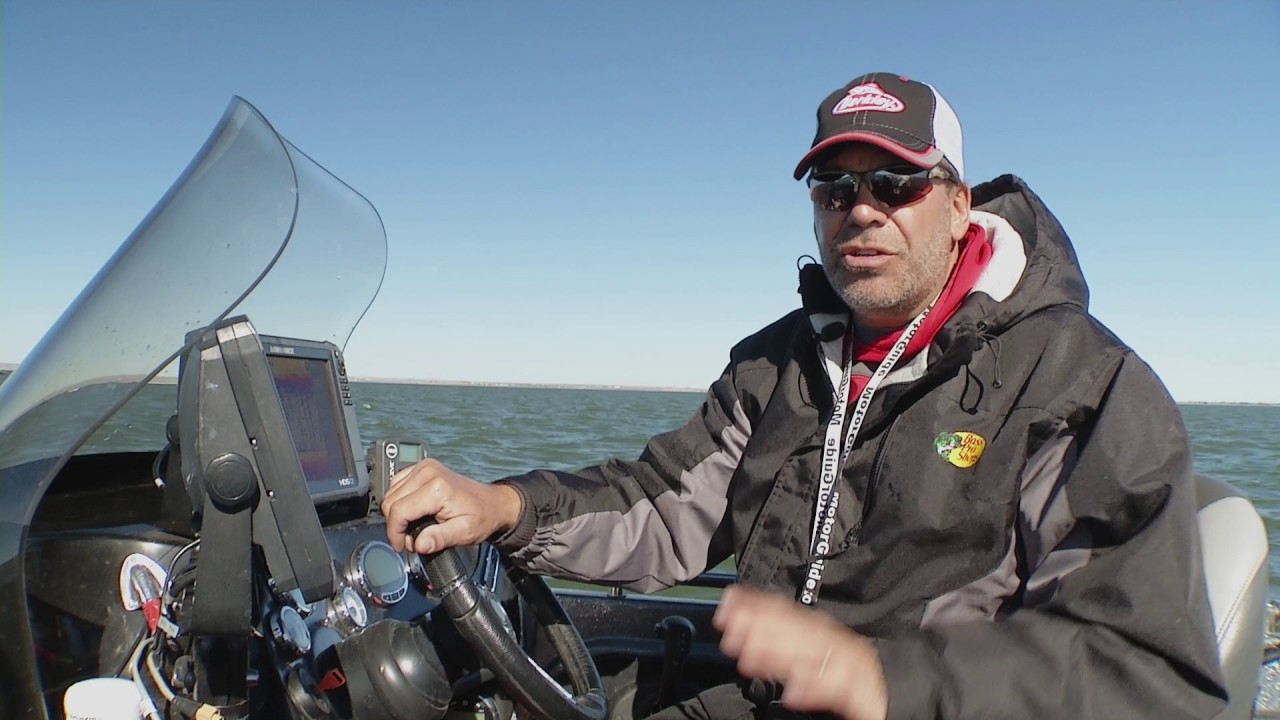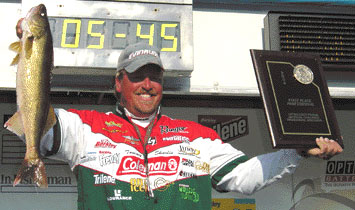 If sitting on a frozen lake during the dead of winter isn’t your idea of fun, take the boat out of the shed and head to the closest hot-water discharge in search of big walleyes.
If sitting on a frozen lake during the dead of winter isn’t your idea of fun, take the boat out of the shed and head to the closest hot-water discharge in search of big walleyes.
A hot-water discharge is created from a power plant that produces hydroelectricity. Friction from the production of hydroelectricity warms the water, which is then dumped back into the water system. The hot water pumped into the fishery creates spring like fishing conditions in an otherwise winter wonderland.
Total Solutions Technique
So, why do walleyes congregate near hot-water discharges? Walleyes are slaves to their stomachs and follow them to the nearest feeding hold. Hot-water discharges provide them with the ideal opportunity to score an easy meal of baitfish, which feed on phytoplankton.
Not only are discharge areas prime for a feeding frenzy, fish are also more active when the temperatures stay high. Long winters take their toll on walleyes, but higher water temperatures create more active fish, which leads to more stimulated appetites.
Chasing walleyes around hot-water discharges is not automatic by any means. It will take some searching for brush piles, riprap, pilings or any type of cover that walleyes can turn into an ambush point for baitfish.
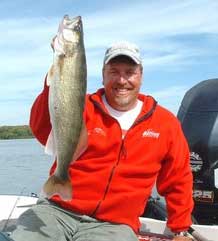 When fishing around any current, I try to let the current take my jig. Then I work the jig slowly back to the boat. Working the jig slowly near cover and structure changes can prove effective, but working the jig slowly back to the boat will be key.
When fishing around any current, I try to let the current take my jig. Then I work the jig slowly back to the boat. Working the jig slowly near cover and structure changes can prove effective, but working the jig slowly back to the boat will be key.
Once you have located a target area, throw the jig past the target and work it back. Make sure the entire target area is fished. The fish are in there, and it is up to you to pull them out of hiding.
Walleyes spend little time looking for a spot on the open sea, opting instead for topographic changes around the discharges. They seek the confines of ditches, points, drop-offs and potholes. These subtle changes in structure hold walleyes, and, with electronics, are easy to find.
Total Solutions Equipment
Tackle selection is pretty simple for this technique. The rod I use is a 6-foot, 6-inch, medium-fast Fenwick Elite Tech Walleye Series Jigging rod. This particular Fenwick rod is specifically designed for the pursuit of big walleyes with a jig.
For my reel selection, I like the durability, smaller profile and performance of the AbuGarcia spinning reel Spooled with 8-pound Berkley Trilene 100% Fluorocarbon line. You could also use Berkley FireLine Crystal and fluorocarbon leader. Thanks to the integrated, rubberized rings on the SORON spool, superline can easily be kept on the reel without having to use backing line. The rings keep the line snug to the spool and prevent slipping.
While the all-fluorocarbon setup will give you the most sensitivity when detecting subtle bites – as well as the best fall on your jig – it can also be susceptible to damage from the underwater structure around which you are targeting these big fish.
The benefits of heavy line while fishing around cover are obvious. Line strength, durability and knot strength all play a role in the fight to get fish into the boat. My superline of choice is FireLine Crystal with a 10-foot Trilene 100% Fluorocarbon leader attached. I like the long leader because it is easy to retie jigheads, but I waste my time retying leaders.
A jig tipped with a Berkley Gulp! Alive! Minnow is an ideal lure to target these warm-water walleyes. But the size of jig used will depend on the depth and current. Heavy jigs – half ounce and heavier – will be used if current is fast or the depth around cover is more than 10 feet. Smaller jigs quarter to 3/8 ounce – are used when fishing with slow current.
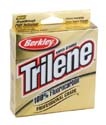 Berkley® Trilene® 100% Fluorocarbon |
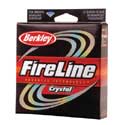 Berkley® FireLine Crystal™ |
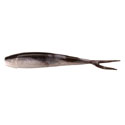 Berkley® GULP!® 2.5 Minnow |
Fenwick® ELITE TECH- WALLEYE JIGGING Series Spinning Rod |

